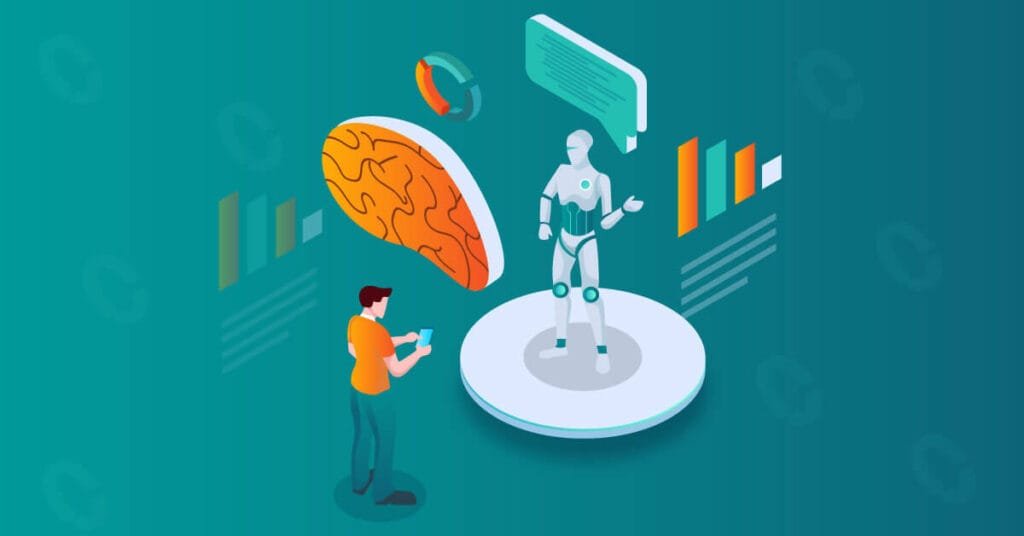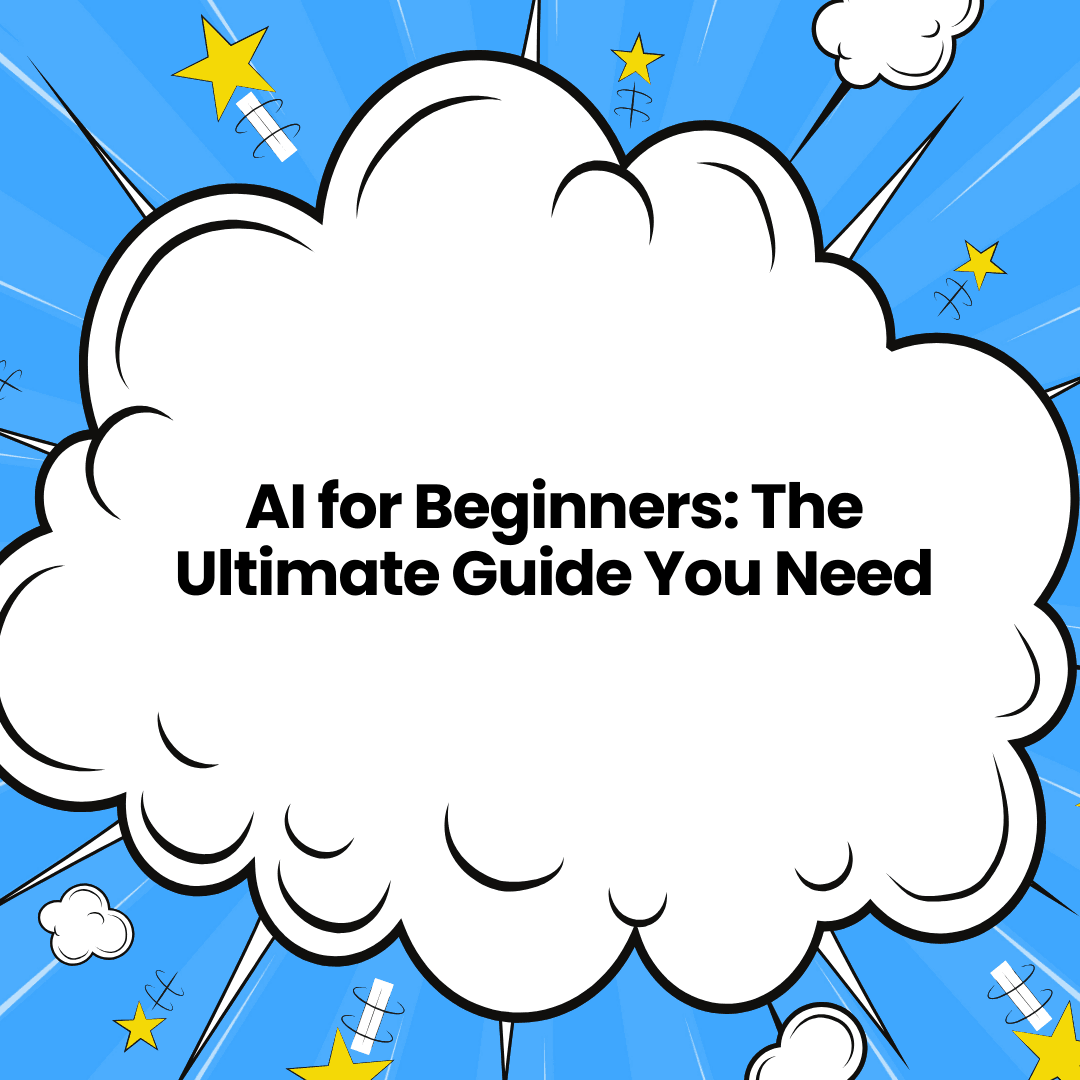Artificial Intelligence (AI) is changing the world. It is in chatbots, self-driving cars, and smart assistants. But what is AI? If you are new to this topic, do not worry. In this guide, you will learn about AI in a simple way.

What is AI?
AI is a part of computer science. It helps machines think and learn like humans. AI systems can solve problems, recognize speech, and make decisions. For example, Siri, Alexa, and Google Assistant use AI to understand and respond to users.
Types of AI
AI has different types. To clarify, here are the most common ones:
- Narrow AI – This AI focuses on one task. For instance, virtual assistants and Netflix recommendations use Narrow AI.
- General AI – This AI can think and learn like a human. However, scientists are still working on it.
- Super AI – This AI would be smarter than humans. Right now, it only exists in theories and movies.
How AI Works
AI follows a few simple steps. First, it collects data. Then, it processes and sorts the data. After that, it learns from patterns using machine learning. Finally, it makes decisions or takes actions based on what it learns.
- Data Collection – AI gathers information from different sources. As a result, it can analyze large amounts of data.
- Processing – It sorts and organizes the data. Consequently, it can understand complex patterns.
- Learning – AI improves over time using machine learning. Therefore, it becomes smarter with experience.
- Decision Making – It gives answers or takes actions based on what it learns. As a result, AI helps in many industries.
AI in Everyday Life
AI is everywhere. You may not realize it, but you use AI daily. For example, here are some ways AI impacts your life:
- Social Media – AI suggests friends, posts, and ads based on your activity. As a result, your feed stays relevant.
- Smart Assistants – Alexa and Google Assistant help with tasks like setting reminders. Consequently, daily tasks become easier.
- E-commerce – Online stores suggest products based on what you buy. Therefore, shopping becomes more personalized.
- Healthcare – AI helps doctors find diseases faster. As a result, patients receive quicker diagnoses.
Benefits of AI
AI has many advantages. For instance, here are a few key benefits:
- Saves Time – AI automates tasks, so people can focus on other things. As a result, productivity increases.
- Reduces Errors – AI helps avoid mistakes. Consequently, businesses and individuals can achieve better accuracy.
- Works 24/7 – Unlike humans, AI does not need rest. Therefore, services can run all the time without breaks.
- Personalization – AI adjusts content based on user preferences. As a result, people receive more relevant recommendations.
Challenges of AI
AI also has some problems. For example:
- Job Losses – AI may replace some jobs. Therefore, workers need to learn new skills.
- Bias – AI can be unfair if trained with biased data. Consequently, ethical concerns must be addressed.
- Privacy Risks – AI collects and stores personal data. As a result, security measures must be strong.
The Future of AI
AI is growing fast. In fact, experts believe AI will help in many areas:
- Healthcare – AI may find new treatments. As a result, medical advancements could save lives.
- Transport – Self-driving cars may become common. Therefore, road safety could improve.
- Education – AI tutors may help students learn better. Consequently, learning could become more personalized.
How to Learn AI
If you want to learn AI, follow these steps:
- Start with Basics – Learn simple AI concepts. As a result, you will build a strong foundation.
- Take Online Courses – Websites like Coursera and Udemy offer courses. Consequently, learning AI becomes easier.
- Practice Coding – Learn Python, a popular AI language. Therefore, you can develop your own AI projects.
- Work on Projects – Apply your knowledge to real problems. As a result, you will gain practical experience.
- Join AI Groups – Connect with experts and stay updated. Consequently, you will learn from others and grow your skills.
Conclusion
AI is shaping the world. Whether you are new or experienced, understanding AI is important. So, start learning today and explore AI’s endless possibilities!
Feel free to contact us for a free consultation.

